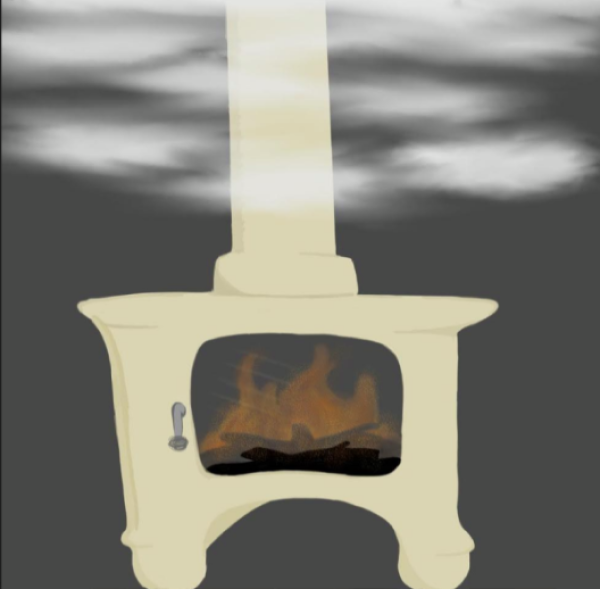In 2011, Montreal was ranked as the city with the second-worst air pollution in Canada. Sarnia, Ontario, a place otherwise known by the nickname ‘Chemical Valley’, came in first place.
It’s no secret, then, that Montreal is a polluted city—thankfully, policymakers are trying to address the problem. On Oct. 1, a Montreal ban on certain wood-burning fireplaces and stoves came into effect after a three-year grace period. Originally implemented in 2015, the bylaw prohibits using solid fuel-burning appliances during smog warnings and prohibits appliances with emission rates greater than 2.5 grams of fine particles per hour. Residents who don’t obey the regulations can be fined anywhere from $100 to $2,000.
Wood-burning is the main culprit in air pollution. The Service de l’Environnement reports that it accounts for 39 per cent of fine particle emission on an annual basis. These fine particle emissions contribute to climate change by producing black carbon, which traps heat in the atmosphere for short periods of time. More damaging than the heat, though, is the risk to respiratory health.
“Wood heating is a major source of air pollutants like carbon monoxide, volatile organic compounds, nitrogen oxides, polycyclic aromatic hydrocarbons and most importantly, of fine particles,” Montreal’s Service de l’Environnement wrote in an email to The McGill Tribune.
Scott Weichenthal, assistant professor in McGill’s Department of Epidemiology, Biostatistics & Occupational Health, remarked that these fine particles—otherwise known as particulate matter—are extremely harmful to our well-being.
“What comes out of chimneys is similar to what comes out of cigarettes,” Weichenthal said.
While cigarette and wood smoke contain many of the same harmful chemicals, smoke inhaled from burning wood is a much larger-scale public health risk than second-hand cigarette smoke. If inhaled in equal amounts, the lifetime risk of cancer is 12 times greater with wood smoke than with cigarette smoke. In addition, its particulates are chemically active for much longer than that of cigarettes, meaning that they harm the body for longer.
Wood smoke particulates have widespread effects on respiratory and cardiovascular health. According to Weichenthal, they can also have neurological impacts and even result in death. Residential wood burning is the main cause of wintertime smog: A mixture of smoke and fog which is especially harmful to elderly people and children, as well as to those with heart and lung conditions. During Montreal’s bitterly cold winter months, the increase in wood smoke production for heating makes the smog particularly bad.
The number of wood-burning stoves in Montreal exploded after Quebec’s 1998 ice storm. Across the province, 900,000 people were left without power—some for more than thirty days—prompting many to buy wood-burning appliances as back-up heating sources.
Naturally, the memory of one of the worst natural disasters in Canadian history makes people reluctant to let go of their wood-burning ways, so solid fuel-burning appliances will still be permitted during electricity outages lasting longer than three hours. Even so, Poêles et Foyers Rosemont, a Montreal-based fireplace company, reported that there have been many wood-to-gas appliance conversions in light of the new bylaw.
The media labels Montreal’s new regulations as some of the strictest in North America, however they may become even stricter in the future if officials crack down down on wood-burning businesses.
“We can’t work on the domestic side and ignore the commercial,” Jean-Francois Parenteau, associate member of the Montreal Executive Committee, said in an interview with The Globe and Mail.
In fact, commercial food production accounts for about eight per cent of wood-burning pollution. While St. Viateur Bagel is experimenting with a new pollutant-removing system, other businesses have switched to part-wood, part-gas ovens. In the future, though, Montreal’s famous pizzerias and bagel bakeries may have to fully revolutionize their cooking methods for the sake of public health.








